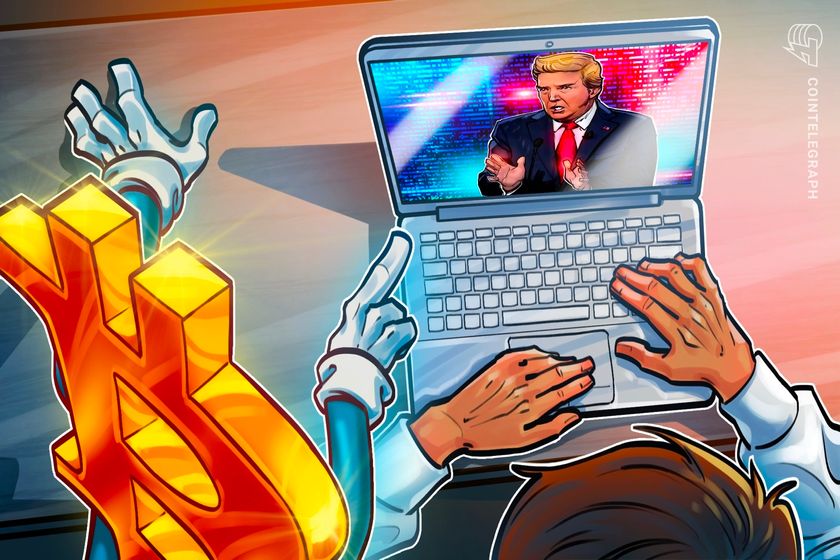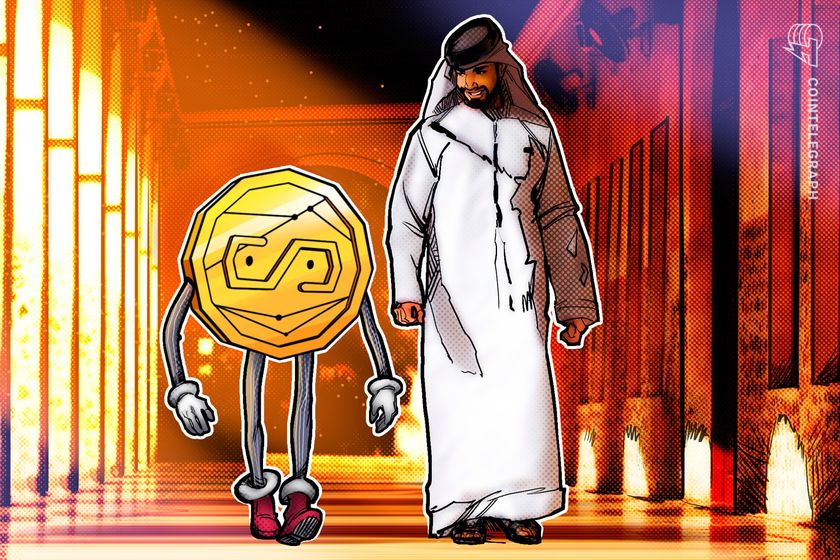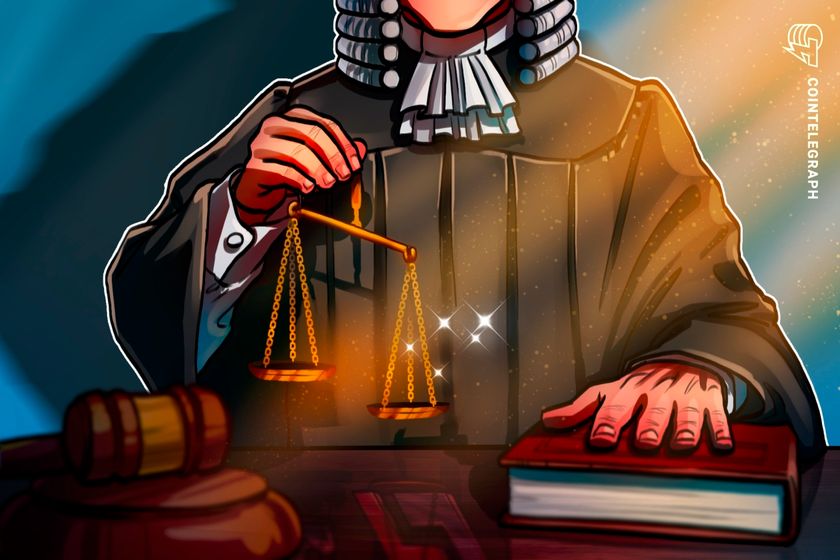

Bitcoin (BTC) price rallied to an intraday high of $87,453 in the early hours of the NY trading session but quickly retraced its gains to $83,655 shortly after US President Donald Trump made a video appearance at the Digital Asset Summit in New York.
Prior to the video statement, rumors circulated on X, suggesting that President Trump would announce zero capital gains taxes on certain cryptocurrencies or issue a favorable statement about the US strategic Bitcoin reserve.
To the disappointment of some traders, neither rumor proved to be true, and Trump simply doubled down on his promise not to sell Bitcoin that has been confiscated by the government, and he called for Congress to enact clear stablecoin legislation as soon as possible.
The most positive statement made by President Trump was his restated goal of making the US the leader in all things crypto.
“Together, we will make America the undisputed Bitcoin superpower and the crypto capital of the world.”
As is commonplace for crypto markets, traders clearly bought into the rumor that Trump would make some sort of pro-Bitcoin executive order statements, and once this was clearly not the case, they sold on the news.
In an X post, chartered market technician Aksel Kibar said that there is still a chance of Bitcoin price correcting to $73,700.
BTC/USD 1-day chart. Source: Aksel Kibar / X
Kibar said,
“Long-term chart on BTC/USD. Still looks like a pullback to the broken $73.7K. What follows from here will decide on the following several month’s price action.”
Not all of Bitcoin’s recent strength is attributed to excitement over today’s Trump statement. On March 19, BTC responded positively to the release of FOMC minutes and Federal Reserve Chair Jerome Powell’s confirmation that the Fed’s quantitative tightening regime would reduce its pace and that the possibility of two interest rate cuts in 2025 remained on the table.
BitMEX co-founder Arthur Hayes took a victory lap at what he described as the Fed’s admission that QT would essentially end on April 1, but he cautioned that while $77,000 may have been the Bitcoin price bottom, surprise bouts of volatility could lead to more pain in stocks and BTC.
Hayes said,
“JAYPOW delivered, QT basically over Apr. 1. The next thing we need to gt bulled up for realz is either SLR exemption and or a restart of QE. Was BTC $77K the bottom, prob. But stonks prob have more pain left to fully convert Jay to team Trump so stay nimble and cashed up.”
Related: Trump says US will be ‘Bitcoin superpower’ as BTC price breaks 4-month downtrend
As reported by Cointelegraph, a majority of Bitcoin’s recent price action has been driven by activity in the futures markets, but the reappearance of the BTC Coinbase premium could be a sign that spot demand is returning to the market.
Bitcoin Coinbase premium index. Source: CryptoQuant
This article does not contain investment advice or recommendations. Every investment and trading move involves risk, and readers should conduct their own research when making a decision.



